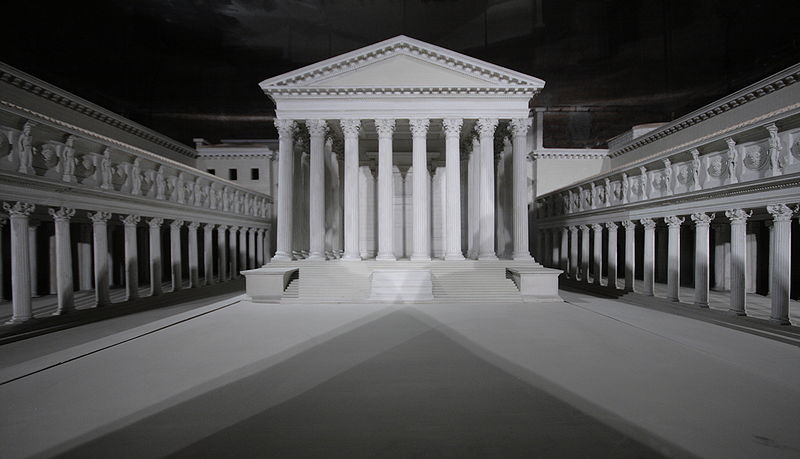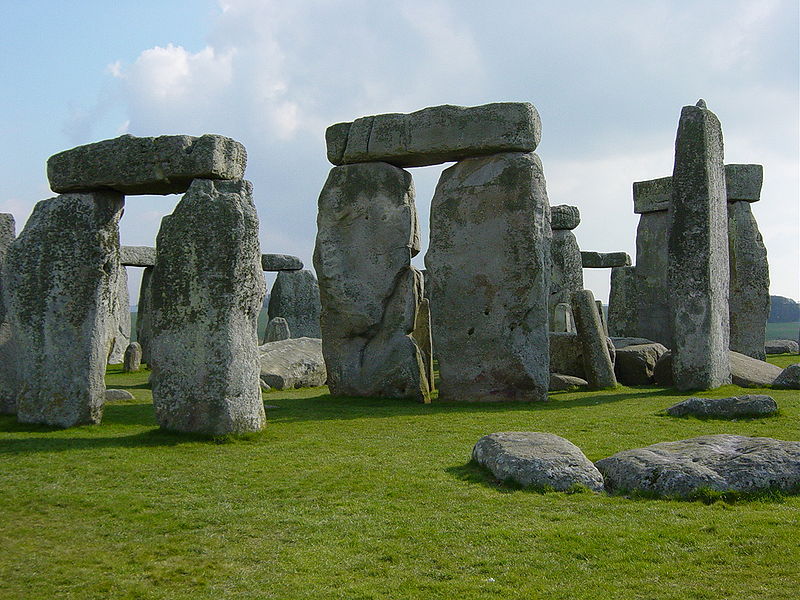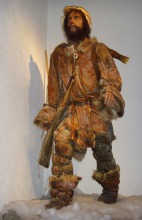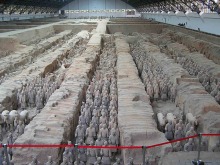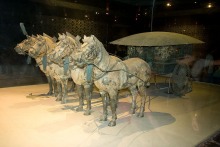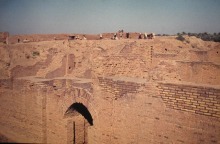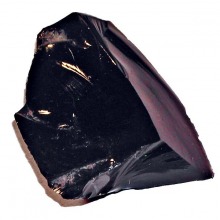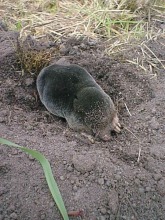Using visual technology to better understand history
I was pleased to come across an interesting use of modern computer technology that is being used to decipher more the mysteries of the ancient world. It is called “Rome Reborn” and its aim is to create a 3-D model of Rome, tracing its development from as early as 1000 BCE all the way up to the early Middle Ages in 550 CE. The project is focusing on creating a working model for the year 320 CE as a baseline to complete the rest of it.
While some might think it interesting in that they will have the ability to take a stroll through the streets of ancient Rome and have a look about, the applications of this project are much more varied. As each new discovery is made by excavations on Roman sites, the map can be added to, creating a very accurate depiction of what the great city must have looked like. Recently, for example, there was a discovery made that suggests the Roman forum may have been painted in bright colors - quite a different view from the cold white marble that people normally associate with Rome.
Being able to see what the city once looked like may give new insights into how the ancient Romans lived. Rome is already one of the more thoroughly documented cities of the ancient world, but there are always things that just don’t get mentioned. Aesthetics go a long way to demonstrating the mindset that Romans may have had - or at least a peak into the heads of those who built the city. There is potential for this to be used as both a tool of science and an educational resource.
Still, the project is a very ambitious one and will likely take many years to complete. In truth, it will never be completed, as new finds will constantly alter it. Even just building that baseline model of 320 CE will be a daunting task for the teams of archaeologists and computer technicians. Once completed, however, this new bit of technological history may quickly set a new standard for the way things are done in the world of archaeology. Who knows? Maybe someday the ancient cities of the world will all be but a click away via the Internet, accessible to anyone who would like to take a walk through the streets of the world of the past.
